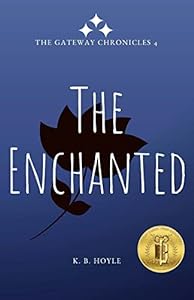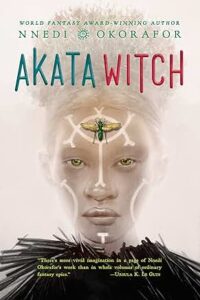 Takeaway: Essential theological work not just about historic issues of lynching but the ongoing reality of the impacts of lynching and the modern permutations of lynching.
Takeaway: Essential theological work not just about historic issues of lynching but the ongoing reality of the impacts of lynching and the modern permutations of lynching.
When James H Cone passed away earlier this year, yet another of the intellectual leaders of the Civil Rights era was lost to us. Cone has pretty much always been controversial, and not just among White Christians. However, Black Liberation theology has been an important movement within modern theology impacting feminist and womanist theology as well as many areas of more traditional theology. Cone was certainly not the only theologian that pointed out the importance of not just Orthodoxy, but Orthodpraxy, but that is one of the important aspects of his work.
One of the significant themes of the Cross and the Lynching Tree is that Christians within the US context have often had orthodox beliefs, but not found it theologically important to address racism, slavery, Jim Crow, lynching or others aspects of justice.
The Newark and Detroit riots in July 1967 and the assassination of Martin Luther King Jr. in April 1968 were the events that shook me out of my theological complacency, forcing me to realize the bankruptcy of any theology in America that did not engage the religious meaning of the African American struggle for justice. What I studied in graduate school ignored white supremacy and black resistance against it, as if they had nothing to do with the Christian gospel and the discipline of theology. (Kindle Location 227)
The chapter on Reinhold Niebuhr as an example of progressive White theology that was focused on justice, but fell short in matters of racial justice was very helpful both in how Cone critiqued Niebuhr but also how Cone still valued Niebuhr in areas. “When Niebuhr wrote against liberalism, pacifism, communism, and the easy conscience of American churches, he expressed outrage; but when it came to black victims of white supremacy, he expressed none.” (Kindle Location 1517). Cone certainly respects the work that Niebuhr did, Niebuhr and Barth were the foundation to his doctoral work and have been important throughout his career. Cone says, “What Niebuhr said about love, power, and justice helped me to understand that moral suasion alone would never convince whites to relinquish their supremacy over blacks.” (Kindle Location 1556) But”¦”What I questioned was his limited perspective, as a white man, on the race crisis in America. His theology and ethics needed to be informed from critical reading and dialogue with radical black perspectives.” (Kindle Location 1574)
There is far more to The Cross and the Lynching Tree than I can easily summarize, but these three long quotes at the end of the book are the best summaries of the intent of the book.
Read more
 Summary: An unlikable maid is found dead and there are too many people that could have killed her.
Summary: An unlikable maid is found dead and there are too many people that could have killed her. Summary: A set of books (one for parents and one for kids) to talk about race and racism in light of scripture and Christian faith.
Summary: A set of books (one for parents and one for kids) to talk about race and racism in light of scripture and Christian faith.
 Summary: A strong woman who was Mrs King, but also Coretta.
Summary: A strong woman who was Mrs King, but also Coretta. Summary: King and Bonhoeffer both were killed at 39 after lives known for pushing the church toward greater ethical behavior. Their thinking, lives, and action overlap and diverge, but they continue to impact Christian social ethics over 50 years after their deaths.
Summary: King and Bonhoeffer both were killed at 39 after lives known for pushing the church toward greater ethical behavior. Their thinking, lives, and action overlap and diverge, but they continue to impact Christian social ethics over 50 years after their deaths.



